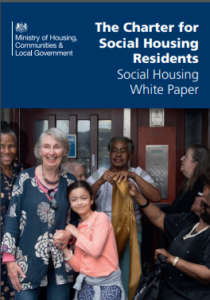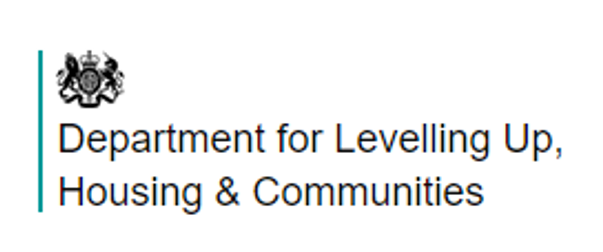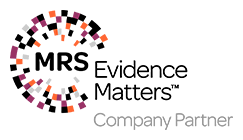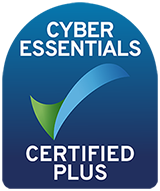
What Secretary of State, Eric Pickles, and Housing Minister, Grant Shapps, removed in 2012 as part of their bonfire of the quangos and bureaucracy, the present Secretary of State, Robert Jenrick, is effectively reinstating without any sense of irony, National Tenant Voice1 or a pink VW campervan2.
Indeed, notwithstanding assurances that proportionate and outcome-focused co-regulation is still the name of the game, the resurrection of consumer regulation looks set to have a degree of prescription not seen since the Audit Commission’s KLOEs3 were cremated, eg national metrics and codes of practice. If the campervan makes a reappearance, it’ll have a metallic paint and a rebore.
Jenrick should, of course, be congratulated for rebalancing sector regulation by elevating the status of the consumer, whether you call them tenants, residents or customers. After all, that is largely what the sector’s social mission is about: providing a broad range of good services, together with a supply of new social housing where it is needed. It’s ultimately about wellbeing and making a difference. Most of you don’t need reminding of that, but it’s important that regulation reflects the sector’s ethos to avoid a lopsided focus on the economic at the expense of outcomes for tenants.
According to Boris Johnson’s foreword, the White Paper is an expression of the ‘levelling up’ agenda. Only time will tell if the government is genuinely concerned about ‘fairness’ and ‘dignity’ for social tenants – a welcome reprise of One-Nation sentiments perhaps? – or whether the proposals are simply a political and PR necessity to draw a line under Grenfell.
If the final homeownership chapter of the Social Housing White Paper is anything to go by, the government may have fallen at the first hurdle: converting tenants into homeowners jars uncomfortably with the enthusiastic tenant-championing in the preceding chapters.
As noted by a number of commentators, this simply exacerbates the stigma described in the Green Paper and which is under-addressed in the White Paper: essentially, social housing is something to escape from. It does nothing to rehabilitate the notion that a social housing tenancy is a fair and dignified, long-term housing option for those that cannot afford to rent or buy thanks to a perennially dysfunctional housing market and the failings of wider social policy, such as decent pay, conditions and a degree of job security.
We can only speculate about what the government really thinks about social housing. What is inescapable is that the sector needs to prepare for beefed-up consumer regulation, more scrutiny and service inspections4, more transparency and accountability with costs and performance and a genuine commitment to residents.
Resident satisfaction, benchmarking and consumer metrics
As Denise Raine noted in her recent blog, when the metrics are finalised, we can drop them in the satisfaction surveys we undertake for you and reflect them in our benchmarking data, and we are looking to provide benchmarking members with a flexible public-facing consumer dashboard. As always, we want to hear your ideas about how we can better support you meet the challenges ahead.
- The National Tenant Voice was also a casualty of the coalition government’s aversion to quangos and bureaucracy. It was set up following Professor Martin Cave’s 2007 review of social housing regulation to ensure tenants had a say in shaping national policy on housing issues.
- More accurately, a magenta and white campervan, reflecting the Tenant Services Authority’s (TSA) corporate colours. The TSA was also set up following Professor Cave’s review to address a range of concerns not dissimilar to those identified in the current White Paper. It met a similar fate to the National Tenant Voice and the Audit Commission, which undertook customer-focused inspections of housing services. Unlike the Mystery Machine in Scooby Doo, the TSA’s mystery machine was so called because nobody knew what it was for.
- The Audit Commission’s Key Lines of Enquiry guided their inspection work, providing a normative view of ‘what good looks like’. Whilst some liked the clarification, others felt that the KLOEs were overly-prescriptive and a blunt ‘one-size fits all’ tool.
- Routine inspections are to be targeted on 1000+ stock social landlords. It is unclear at present what the approach might be for smaller landlords but it is likely to be proportionate and risk-based.






Comments are closed.